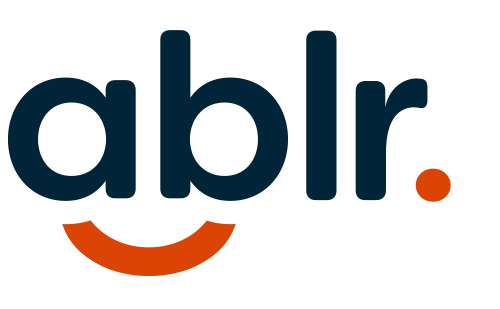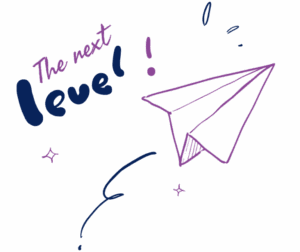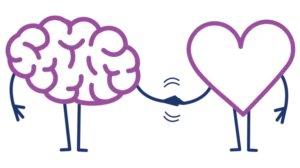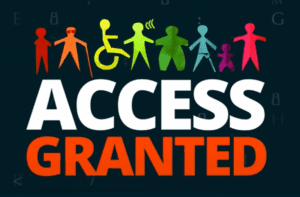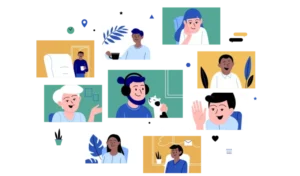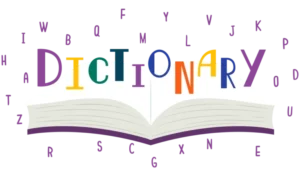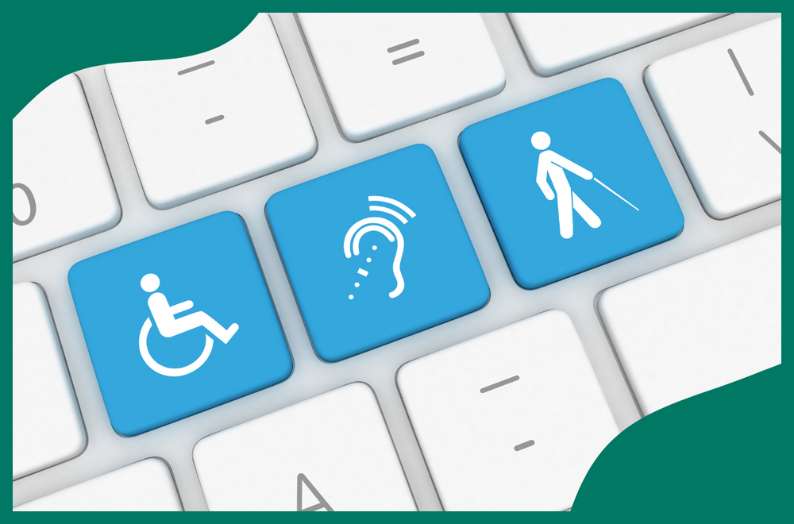An accessibility statement is a public way to say: “We see you, and we’re working to make sure our website works for everyone—including people with disabilities.” It tells your visitors that accessibility is a priority, and that you’re taking real steps to make your content usable and inclusive.
While it’s often just one page on your site, a great accessibility statement can be a powerful signal of your values and a practical tool for anyone who may run into access barriers. It’s not a legal document like a VPAT (Voluntary Product Accessibility Template) or a formal Accessibility Conformance Report. Instead, it’s an open, human communication about where you are in your accessibility journey, what standards you’re aiming to meet, and how users can get help if needed.
Why Accessibility Statements Matter
Including an accessibility statement on your website shows that you’re committed to digital inclusion. It communicates that you care about your users, understand your responsibilities under laws like the ADA and Section 508, and are actively working to make your site better. Even more importantly, it creates trust. It tells your users that if something isn’t working for them, they have a way to get in touch and be heard.
The 5 Key Elements of a Great Accessibility Statement
- A Clear Commitment to Accessibility: Be direct and transparent about your intentions: your organization is working toward making your website accessible to people with disabilities. Show that this is an ongoing priority.
- Reference to the Accessibility Standards You’re Following: Include which guidelines you’re aligning to—most commonly, WCAG 2.1 Level AA. If you’re still working toward full compliance, that’s okay, just be open about your progress.
- Information About How the Statement Was Created: If you’re working with a third-party accessibility company (especially one that actively employs people with disabilities, like Ablr), say so. This gives your statement credibility and shows you’re engaging with real experts.
- Contact Details for Accessibility Support: Let users know how to reach you if they encounter a barrier. This can be an email address, phone number, or web form. Make sure that contact method itself is accessible.
- Where to Find the Statement on Your Site: Your statement won’t help anyone if they can’t find it. Link to it in common areas like your footer, sitemap, help menu, or about page.
Accessibility Statement Template
Here’s a sample you can customize for your organization:
Accessibility Statement
[Company Name] is committed to making our website accessible to everyone, including people with disabilities. We are actively working to improve the accessibility and usability of our website, and we strive to follow the Web Content Accessibility Guidelines (WCAG) 2.1 Level AA as our standard.
To support our accessibility efforts, we’ve partnered with Ablr, a certified Disability Inclusion and Digital Accessibility organization. Together, we are conducting accessibility evaluations, implementing improvements, and training our teams to sustain digital accessibility across our content.
If you experience any difficulty accessing content on this website, please contact us at [email address] or call [phone number]. We will do our best to assist you.
This statement was last updated on [date].
Not All Accessibility Statements Are Equal
Some accessibility statements are just copy-paste placeholders. Others are thoughtful, transparent, and actively maintained. The major difference is the intent and effort. Your statement should reflect your unique journey, your team’s goals, and your users’ needs. Tailor it to your organization and make it something you’re proud to stand behind.
Helpful Resources
There are many resources out there to guide you in writing or improving your accessibility statement. Disability inclusion and digital accessibility organizations like Ablr can work with you directly to create a custom, validated statement that reflects your commitment to inclusive design. You don’t have to figure out web accessibility by yourself. Want to make your website more accessible? Let’s talk. At Ablr, we can help you accomplish that goal.
